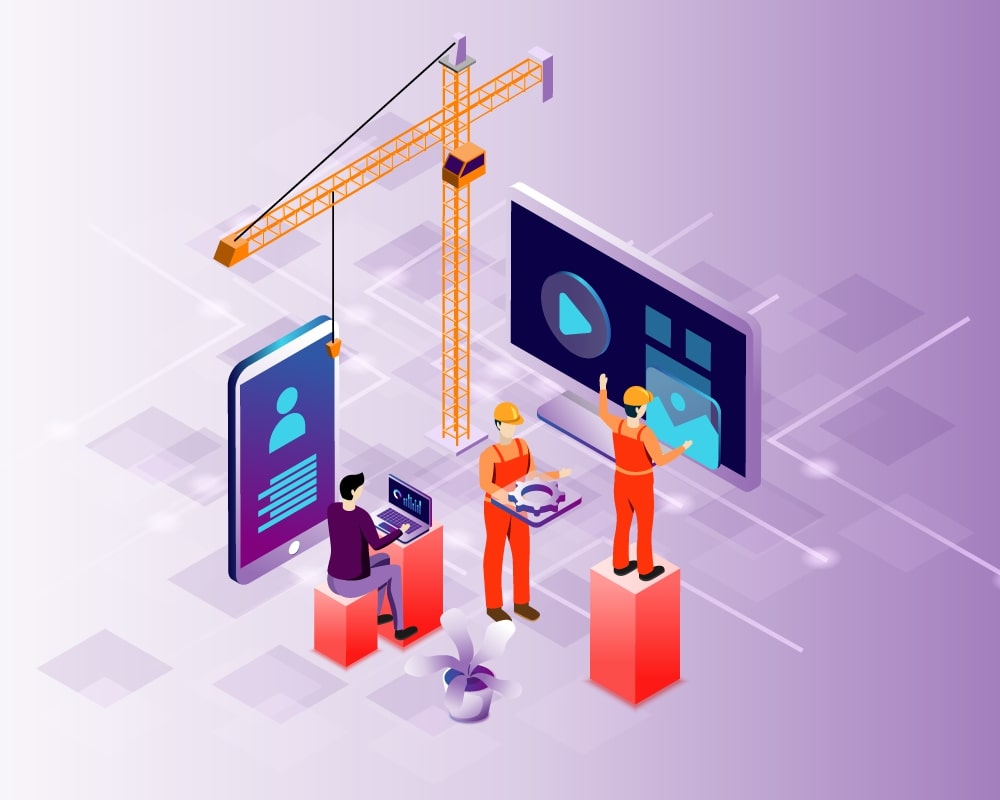


October 4, 2021 Sumit Kothiyal Development , Business ,
The term low-code development platform has been steadily gaining traction in the business world. It seems like every software funding and product announcement these days includes some sort of reference to “low-code or no-code” platforms or functionality.
The frequent reference to this catchy term over the last couple of years reflects a realization that we’re entering a new software era. Low Code-No Code platforms have enabled programmers and non-programmers to build application software by using graphical user interfaces and configuration rather than conventional computer coding. This visual approach uses a simple, responsive interface and helps in automating every step of the application. Low code platform can be used with no formal knowledge of software development as it uses simple logic and drag-and-drop components.
As per Gartner, “by 2024, low-code application development will be responsible for more than 65% of application development activity.” Quite a few businesses have started to realize the potential of these platforms and are actively using them in their digital transformation journey.
Low code works on features like visual modeling tools, drag and drop, scalability, cross-platform accessibility, reusability, lifecycle management, heightened functionality, and security. Low code works in Visual Basic IDE (Integrated Development Environment) which facilitates the visual representation of the files and makes them comprehensible for the user. Visual IDE simplifies the software development process through compilers, debuggers, code completion tools, source code editors, and graphical designers.
And most low-code platforms also offer readymade applications that can be installed and customized based on user requirements.
No-code and low-code are pretty similar concepts and is often used interchangeably. Although no-code uses some of the similar visual and other features, no code can be used to develop extremely simple applications, whereas low code is used by developers to develop sophisticated applications.
| No-Code Development | Low-Code Development |
|---|---|
| No-code allows you to create functional applications without using a single piece of code. | Low-code uses an existing framework as your baseline, but you can use additional coding to create responsive apps. |
| You don’t need any understanding of coding and scripting. | You need a little understanding of coding and scripting. |
| It’s designed primarily for front-end users who have no coding experience. | It offers more customization. |
| It helps businesses with rapid application development. | It helps businesses create apps quickly, but adding the custom code may slow down the process slightly. |
Low code can be used to build customer engagement apps, AI -bases solutions, and optimization apps. According to research on key criteria for evaluating low code/no-code solutions by Michael Delzer and Jon Collins.
According to Gartner, the low code market is estimated to reach over $13 billion by the end of 2021. By 2030, the global low code development platform market would generate a revenue of $187 billion, according to Research and Markets LCP provides the right solution to streamline your digital goals and combine visual development with AI capabilities and high productivity. The LCP not only enables businesses to develop applications faster but also the right ones for the future.
JK Tech’s strategic partnership with Mendix enhances your transformation journey as we help you build the most innovative and agile applications using the Mendix platform with our dedicated and certified professionals. Our clients can expect the best applications that exceed your business expectations with rapid developments and industry-leading solutions. To discover how JK Tech can leverage Low Code Platform to enhance your business operations, click here.


Hello, I am Aria!
Would you like to know anything in particular? I am happy to assist you.